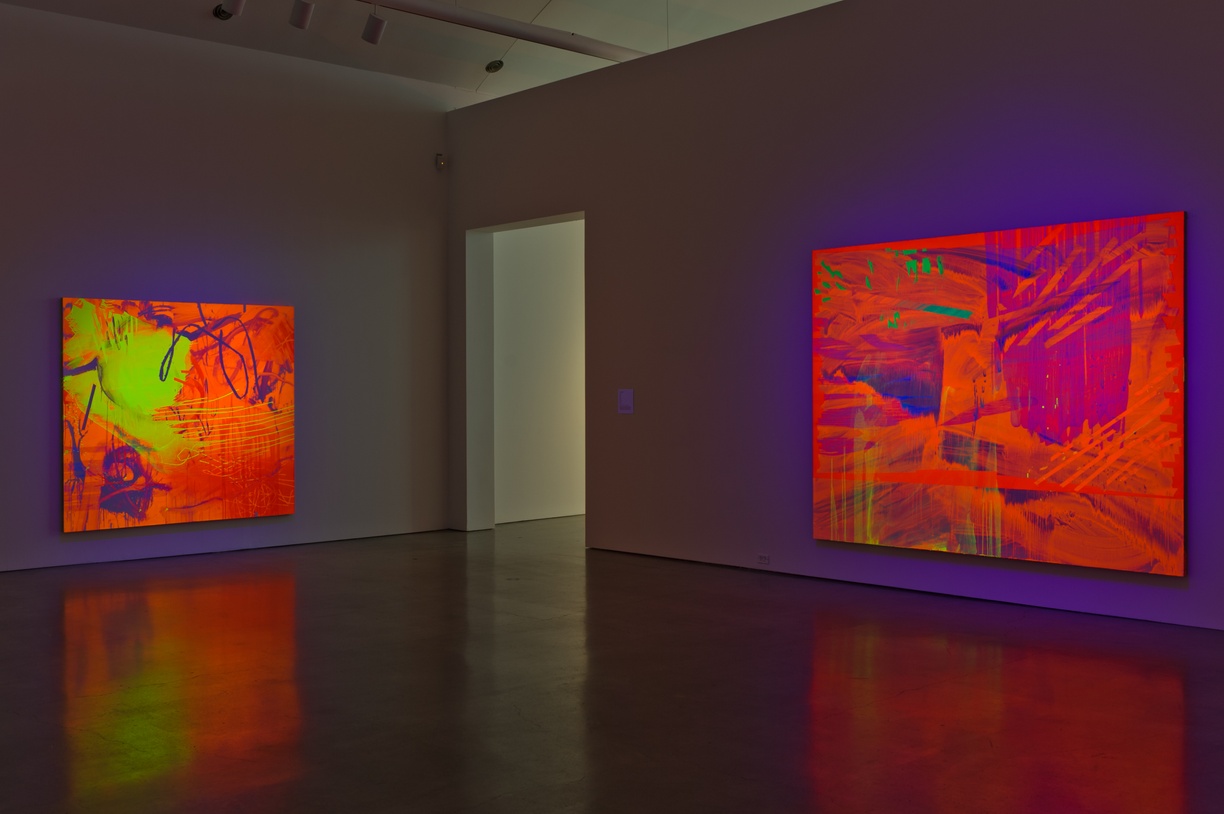
- Johanna Burton
The Establishment vs. The Institution—An Introduction to the Exhibition
The works in Anti-Establishment investigate artistic practices that, in various ways, radically utilize and recommit to the notion of “the institution,” while nevertheless demanding of it new functions and effects. If institutions are very often conflated with the “establishment”—monolithic, static, and hierarchical societal and artistic systems against which avant-garde and countercultural productions can be seen—this exhibition sets the two apart, arguing for institutions as more limber sites, perpetually de- and re-constructed by the people who create, inhabit, and dismantle them. Here, the very definition of “the institution” is placed in brackets, and reconsidered in terms of its current limits and possibilities. Ranging from meditations on medium specificity (“institutions” of painting, sculpture, film, and dance, for instance) to modes of production and exchange (collective, corporate, immaterial) and reimagining how we inherit the past (as lateral legacies, non-oedipal fantasies, networked opposition), Anti-Establishment argues for multiple definitions of what might constitute any foundation.
This proposition arises in a specific, contemporary sociopolitical context that is forcing historic changes in the basic coordinates for art-making. During the 1960s and 1970s, a generation of artists emerged with a self-described critical task: to engage with and reveal the power structures and ideological imperatives implicit in any given cultural situation, in the belief that doing so could create viable alternatives for living and art-making alike. Since then, this model for art has only become more prevalent, and yet both its original purpose and efficacy have been significantly undermined, in some cases even neutered. As early as the mid-1990s, art historian Isabelle Graw would write of this development that the critique of art, its institutions, and its social contexts had become little more than “subversion for hire.” While refusing to throw out the possibility that overt critique remains both urgent and powerful, one can point to cases in which the concept of artistic critique of the institution—whether government, museum, or specific medium—is utilized as the stuff of style and status quo. A critical gesture is often precisely what is most anticipated from an artist, and what is moreover necessary for systems to be sustained as they are. In extreme instances, what is ostensibly progressive or radical in art may be, in fact, a thinly veiled figure of conservatism.
Indeed, the American societal backdrop for contemporary art-making seems to correspond with such an occlusive shift in the terms for art. Right-wing and left-wing constituencies are often seen adopting similar rhetorical positions—most notably, for instance, in proposing the dissolution of governing institutions. Ostensibly (but not actually) comparable proposals, in other words, can serve both conservative and progressive cultural and economic programs, with a central, underlying irony being that the signs of one might best be utilized, knowingly or not, to achieve the goals of the other. In such a context, it must be observed that what is countercultural might not look countercultural: What is paraded as anti-establishment might, in some cases, signal a return to it. As in previous eras, the struggle over meaning is often located in the rearticulation and appropriation of terms—and such rearticulation is at the heart of both art and politics.
Subsequently, a pivotal question is: What models of art making are available to artists today wishing to generate alternatives and oppositions to conditions as they are? And how might such artistic models function, if they buck against or retool features of what we’ve come to designate “institutional critique”? Anti-Establishment aims to highlight potential answers to these questions by looking to artists who do not seek to move beyond or outside institutions so much as to integrate themselves deftly into these spheres, imagining new organizational frameworks. More specifically, these artists engage institutions — defined not only as social entities, but also as artistic practices, even those that began as alternative practices — not only to underline or reveal those sites’ underlying structures and biases, but also to suggest how the notion of the institution itself might now be a vessel wanting to be considered anew. While these artists do not necessarily adhere to utopian impulses of previous eras, they nevertheless envision novel collective relationships and emergent models of engaged citizenship, where power is not dispensed with but instead re-routed to other ends.
-Johanna Burton
Artists
Wynne Greenwood
Trajal Harrell
H.E.N.S. (Arlen Austin & Jason Boughton)
Jacqueline Humphries
Brennan Gerard & Ryan Kelly
Chelsea Knight (with Elise Rasmussen)
Pam Lins
Scott Lyall
Tere O’Connor
Mai-Thu Perret
Sarah Pierce
Elisabeth Subrin
Yes! Association








